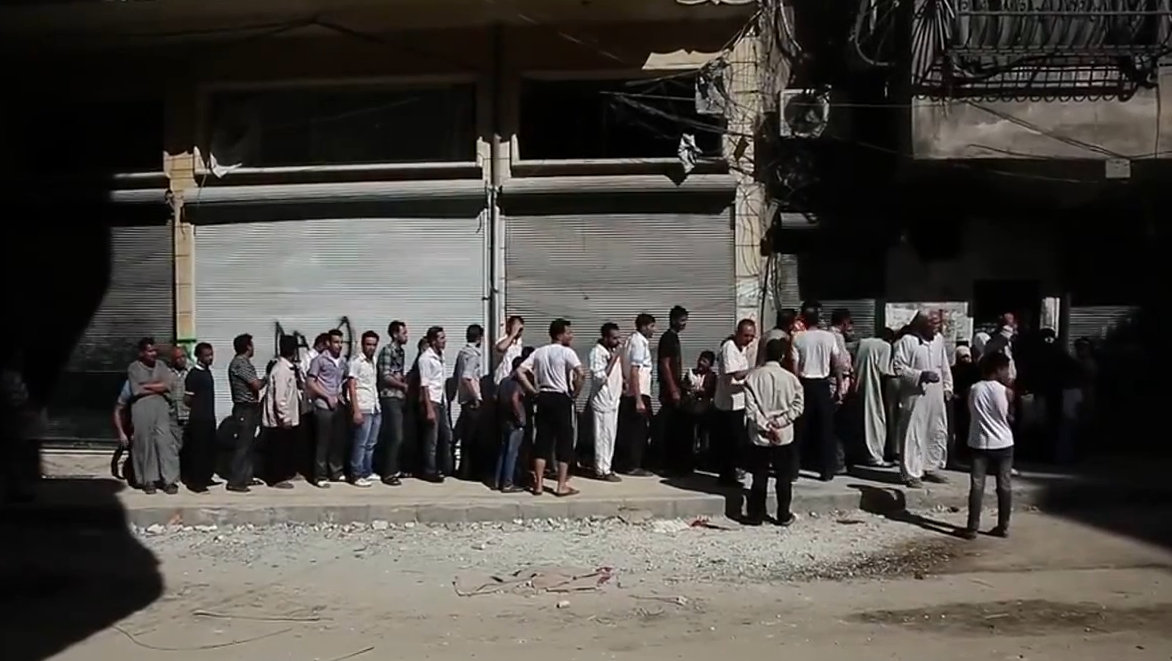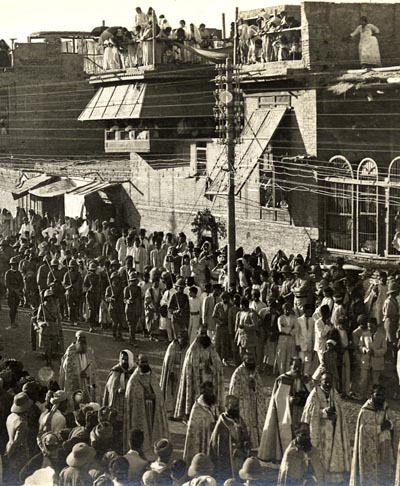
Daily news reports confirm that the tide is quickly turning against Syria’s brutal Assad regime, foretelling an end to this blood-soaked outcome of the Arab Spring. Two perspectives from scholarly research on civil wars and war termination buttress this prediction.
First, theory and research on negotiation in the midst of civil war – “bargaining with bullets” – suggest that long-running civil wars evolve into a “mutually hurting stalemate”. I. William Zartman has argued that such a stalemate (the key to “ripeness” for a negotiated outcome between and insurgent challengers) must be one that creates a long horizon of deadlock in which the regime can’t defeat the challengers, and the challengers can’t defeat the regime. In an inchoate conflict like Syria, all the parties with the capacity to spoil must see both deadlock and deadlines or urgency in order to exchange the certainty of military stalemate on the battlefield for the uncertainty of the “peace processes” that will involve justice against the perpetrators of war-time atrocities.
Neither deadlock nor deadline conditions pertains in present-day Syria. Indeed, a rebel victory appears on the imminent horizon. The volatile and territorially dispersed nature of the Syrian violence means that Assad regime cannot sustain its repression over the long-term given its limited human and military resources, geographic isolation, and insurgent-supporting neighbors.
Insights into the capacity to repress are found in a look at the cycle of revolt and repression that beset South Africa in 1984-1989, in which a dominant minority regime tried to suppress and reform its way out of an uprising by an internationally legitimated opposition. Internally, the capacity of the African National Congress and its internal allies to rebel exceeded the capacity to back-against-the-wall regime to repress.
Today, the same international moral repugnance that drove the anti-apartheid movement drives a deep disgust against the Assad regime for its atrocities. When UN Undersecretary General Jeffrey Feltman testified to the UN Security Council on November 7 that the Assad regime had used cluster bombs, Russian and Chinese support for the regime was put in an untenable position among the P5. New leadership in China, especially, will soon seek to cut its losses on Syria and the Russians will be unable to stand alone in wielding the hidden veto.
Second, bargaining theory and war termination would already have us looking at outcome parameters, as the process of war termination is directly linked to the outcome scenarios. UN SRSG Lakhdar Brahimi’s “non-plan” plan for peace draws on the premise that a power-sharing deal for deal for Syria should eschew an ethnic or confessional pact like Lebanon (or Bosnia, for that matter). International dialogue efforts among leaders in Diaspora have also called for a non-confessional, “democratic” outcome. However, the transitional power-sharing of any recognized government will, however, necessarily be based on sectarian logic.
The literature on the role of elites in bargaining, and particularly theories on the “self-negating prophesy” (the notion that elites will seek a pact to avoid the risky potential consequences of continued violent conflict), suggests that any transitional pact in Syria will in fact require concessions and guarantees to the erstwhile dominant sectarian minority (as it has in Iraq). This is the core insight of Arend Lijphart’s arguments for consociational power-sharing settlements, and it informs any analysis of war termination in the Syria conflict.
Ultimately, a sectarian or consociational pact seems unavoidable as the gist of a transitional deal to end the violence in pock-marked Syria. Given the “sectarianization” of the conflict over the last 18 months (owing to the ethnic targeting atrocities of the Shabiha Alawite militias, especially, and the underlying reality that the regime is of the dominant ethnic minority type), while Assad may (and should) go the Hague for trial the core ethnic-minority supporters of the regime will eventually retreat into “defensible enclaves”. The Alawites, absent Assad, will eventually see it in their interests to negotiate for confessional or sectarian guarantees through the mediation of UN SRSG Brahimi, along with the Christian and some Palestinian factions that have thrown their desperate lot in with the regime. Thus, eventually a transitional pact in Syria must define a process of transitional justice balanced with ethnic or sectarian guarantees to minorities (including the Kurds)… a sectarian-based power-sharing pact.
The imminent demise of the Assad regime suggests the need for intensified policy planning in two areas. The first is the specific nature of a prospective pact that identifies and addresses the core interests of the Alawites and creates an elaborate “protection agenda” for all embattled communities to the level of specific neighborhoods. The second is the urgent need to plan for the “day after”, pairing any political pact with a regional force to intervene in a crisis-response/humanitarian and robust UN-led peacekeeping mission to provide for security. If there are lessons from the post-war Libya case that are applicable to Syria, is that “endogenous” development of security-sector reform after of a rebel victory endangers the pact; any transitional deal should be buttressed by an external, UN-led deployment to provide, as Barbara Walter has artfully argued, credible commitment to any agreement.








0 comments
“New leadership in China, especially, will soon seek to cut its losses on Syria and the Russians will be unable to stand alone in wielding the hidden veto.”
That’s a big call.